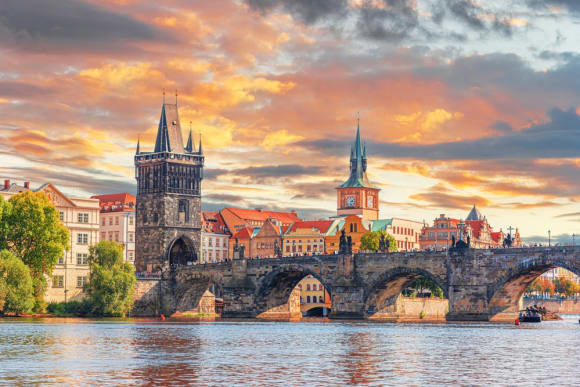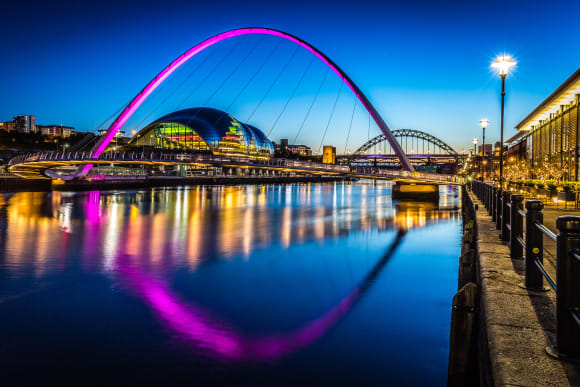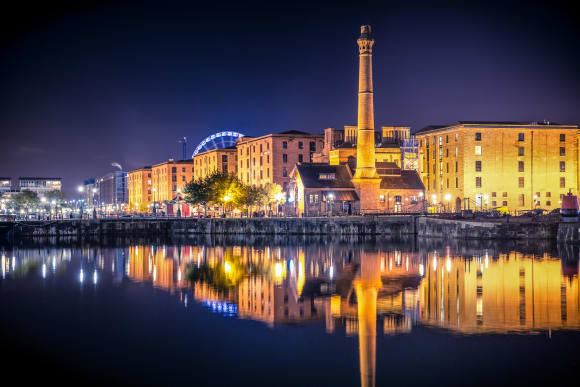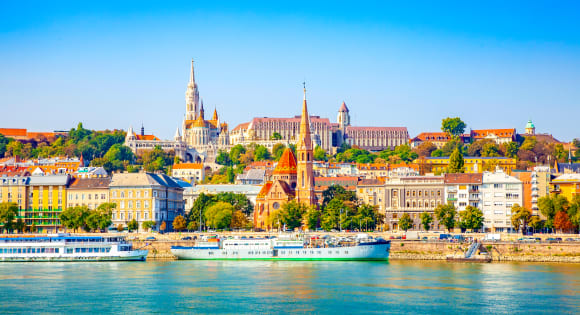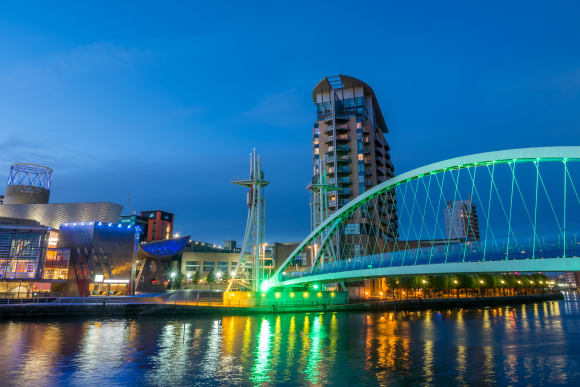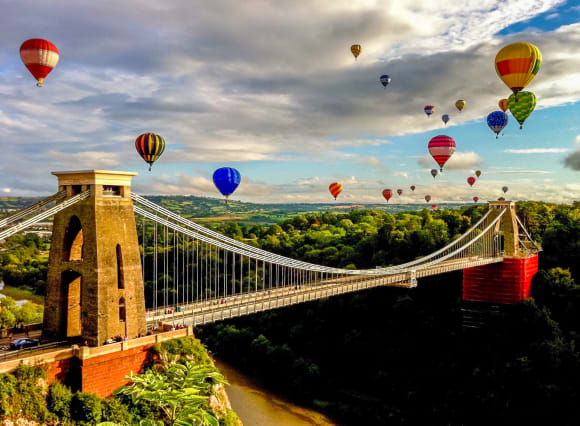
It wasn’t long ago that wedding websites were considered high-tech and brides giving speeches seemed as foreign as vegan food at the reception. The world is changing fast, and modern couples continue to fuse trailblazing wedding trends with time-honoured traditions.
Mark Niemierko, widely regarded as Britain’s premier high-end wedding planner, sits at the cutting edge of contemporary weddings. Mark has planned a long list of celebrity nuptials — including one ceremony with Prince Harry in attendance — and is seeing more and more couples tear up the rule book. Well, most of it. There’s still room for the traditions of yore in the weddings of the future, but newlyweds are keener than ever to stamp their own individual style on every aspect of the celebration.
❝A wedding day is a personal event,” Mark says. “Thus it should be a personal reflection of the couple — not what they saw their best friend or cousin do at their wedding six months ago.❞
Although marriage remains a deeply traditional act, old customs are being transformed by technology, sustainability and cultural factors. You might be waiting a while for flying cars to drop you off at the chapel, but this is what the weddings of the future will look like.

Technology
Robot celebrants? Brides zooming down the aisle on a jetpack? Probably not. But technology is already changing how modern weddings are done.
Social media platforms are flooded with #weddinginspo and a growing number of podcasts are getting in on the act. Wedding-planner apps connect couples with everything from bands to beauticians. Wedding websites — once considered revolutionary — are now the standard way to keep in touch with guests.
And the online experience will only get more sophisticated in the coming years. Engaged couples can look forward to viewing venues remotely via 3D walkthroughs, booking everything at the swipe of a finger through ever-expanding apps, navigating interactive digital registries for gifts, and live-streaming the big day for those who can’t be there.
❝Technology has played a huge part in the planning process,” Mark Niemierko confirms. “Couples can draw inspiration from the likes of Instagram and Pinterest — frankly, both these forms of social media are swamped with wedding content.❞
Like every corner of our lives, social media is now a big part of the modern wedding day, too. Witty wedding hashtags encourage guests to share their snaps straightaway on Instagram. Selfie sticks have replaced disposable cameras on reception tables to capture those hazy late-night dance moves. Even little details like phone-charging stations at the cocktail bar accommodate phone addicts.
This dependence on technology is why many couples are opting for an unplugged wedding, where the bride and groom ask their guests to put away their phones during the ceremony and/or reception. You’ll often hear the celebrant encourage people to be present in the moment rather than trying to snap some blurry photos.
After all, that’s the professional photographer’s job. They can snap stunning pictures thanks to developments like drones and wearable devices, which provide a whole new angle on your big day.
All that said, technology hasn’t completely taken over the wedding of the future. If anything, it only makes the rustic, old-fashioned touches even more special.
❝Wedding websites are a great addition alongside formal printed invitations for further information such as hotels to stay in, directions, locations and details of other events prior and after the main wedding day,❞ Mark says.
“I do however feel they’ll never replace the formal printed invitation. It’s your wedding day, and a good-quality, heavy-weighted invitation arriving through your family and friends’ letter boxes sets a tone. And let’s not forget paper is recyclable.”
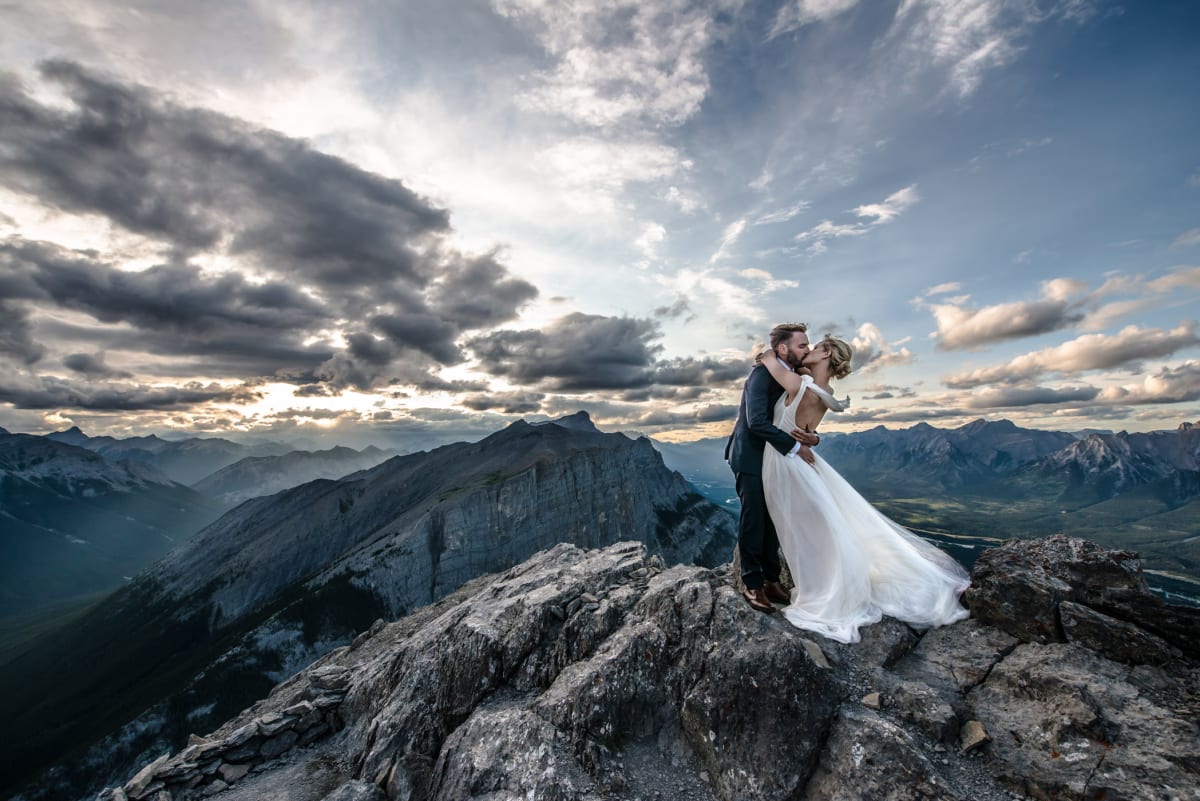
Sustainability
People jetting in from all over the place, truckloads of food, single-use decorations that end up in the bin… weddings can be tough on Mother Nature. But environmentally conscious couples are bucking tradition to cut their carbon footprint.
❝The industry overall is of course aware of sustainability,” Mark insists. “From the removal of plastic bottles and straws to organic local produce for the food and local sparkling wines.❞
Princess Eugenie spent £2m on her plastic-free wedding, but there’s lots of ways to throw a sustainable ceremony without a royal budget. Use recycled paper and eco-friendly ink for the invites and place cards. Linen napkins and glass straws look classy and don’t end up in landfill. Dodge balloons, plastic cups, synthetic confetti and wedding favours bundled in metres of cellophane. And serve local, seasonal, ethical food in sensible quantities. Don’t forget vegan and vegetarian options — growing numbers of non-meat-eaters make that one a must.
Many modern couples are also aware of investing in ethical suppliers, such as guilt-free gems in their wedding bands and garments made locally from organic textiles, or even vintage clothing. Some brides and grooms-to-be also ask for charitable donations alongside gifts on their wedding registry, rather than stockpiling a whole bunch of stuff they’ll only regift next Christmas.
Of course, when it comes to sustainable weddings, flowers are a huge part of the conversation. Seasonal and local blooms, wildflowers, potted plants, dried flowers and pared-down floral arrangements are all in vogue, and prevent costly cut flowers being flown in from across the globe only to tossed out the next morning.
❝With flowers, it’s easy for couples to ensure they are being kind to the environment,❞ Mark says.
But just like the good ol’ fashioned paper wedding invitation, there is one eco-innovation even the greenest grooms are finding hard to embrace: ditching gas-guzzlers in favour of electric cars.
❝Classic cars and vintage buses are still a popular choice — for the photos, if anything,” Mark explains. “With a classic design of an electric car, I have no doubt couples wouldn’t hesitate in switching.❞
Over to you, Elon Musk.
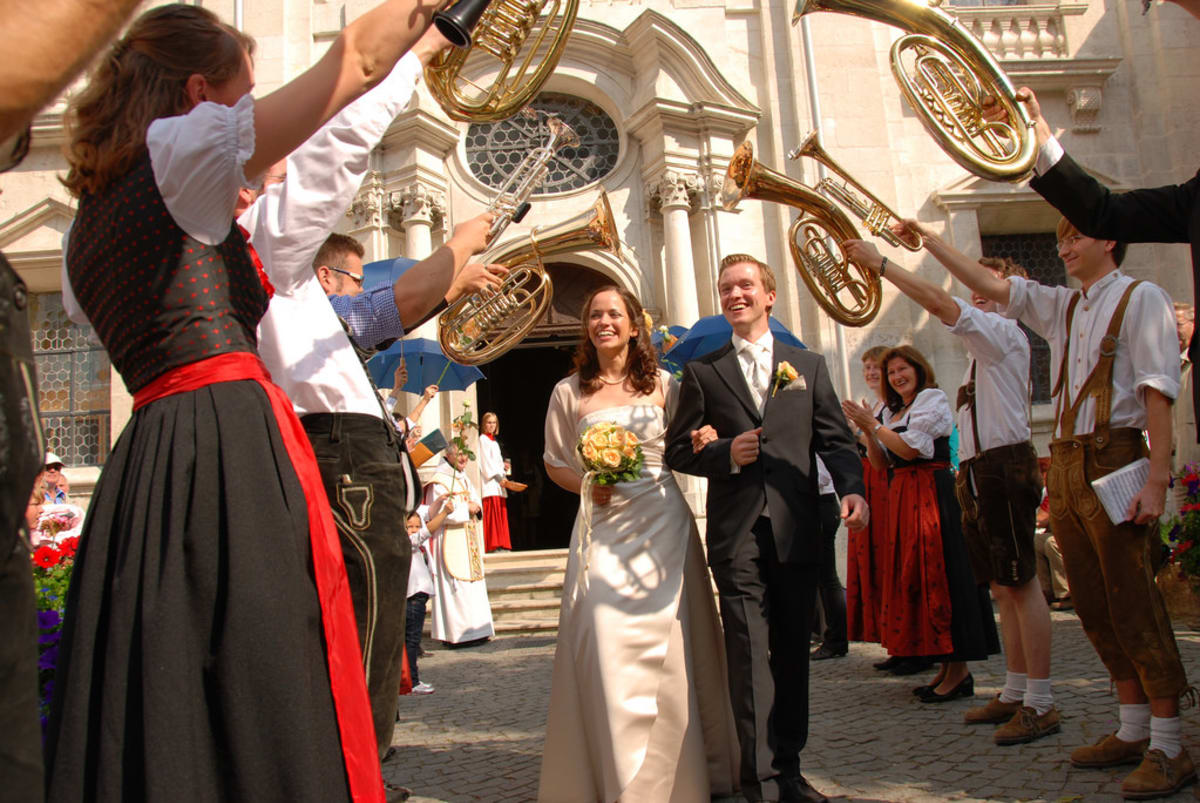
Culture
Long gone are the days when newlyweds were bound by churches, garters and bouquet tosses — modern views on gender roles have moved past many of these old traditions, as weddings increasingly reflect the personal values of the bride and groom.
❝I’m fortunate enough to work with confident, strong couples,” Mark says. “So having a mother of the bride walk a bride down the aisle, or a bride give a speech, is something I’ve long experienced.❞
Many modern couples who play equal roles in their day-to-day lives are choosing to axe old-school customs that seem a little sexist in this era of wokeness. Not seeing each other before the ceremony, the father giving away the bride, men monopolising the microphone during the speeches; they’re all up for negotiation between you and your wife-to-be. The wedding of the future treats tradition like an amber traffic light — a vague guide rather than a strict instruction.
Gender roles mean far less than they used to in modern nuptials. Men are stepping up in the wedding-planning department. Engaged couples are choosing their wedding bands together. Bridal parties aren’t determined by gender (what’s wrong with a man of honour or a best lady?). Even husbands taking their wives’ surnames are increasingly common.
Weddings of the future also make more room for personality in the vows and the playlist — music is one thing you can make uniquely yours. Gospel choirs are booming every since Prince Harry and Meghan Markle had one at their wedding, live bands and DJs don’t have to be confined to the reception, and if you two feel like walking down the aisle to the Star Wars tune instead of a hymn, hey, it’s your day.
❝A majority of our weddings aren’t religious,” Mark agrees. “And musically, we’ve had couples walk out of their ceremony to their favourite tracks – if they feel it could be tacky then an instrumental version of their favourite track by Queen played by a huge orchestra keeps things classy.❞
The rule book goes totally out the window when it comes to cross-cultural weddings. The globe is as small as it’s ever been, and when the betrothed come from two different backgrounds, it’s key to engage both cultures in everything from the food on the table to the tunes pumping out of the speakers. Set up two separate ceremonies if you come from different religious backgrounds, or join the masses of engaged partners marching out of the chapel altogether. The rest is totally up to you.


